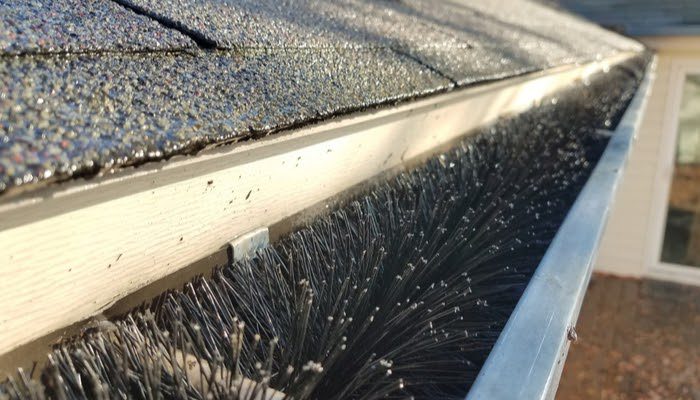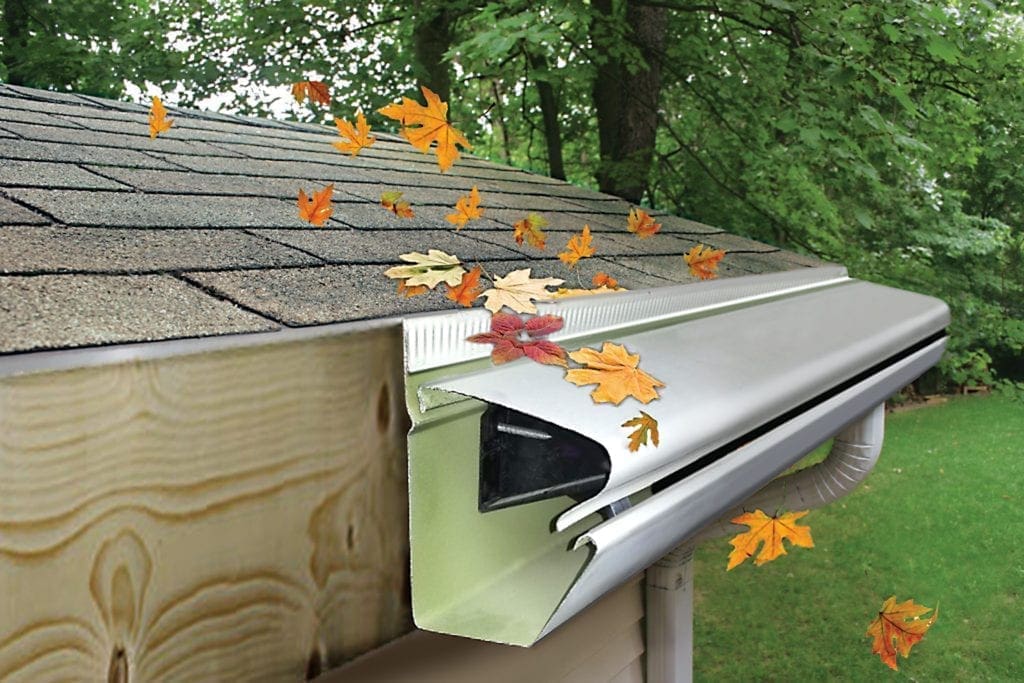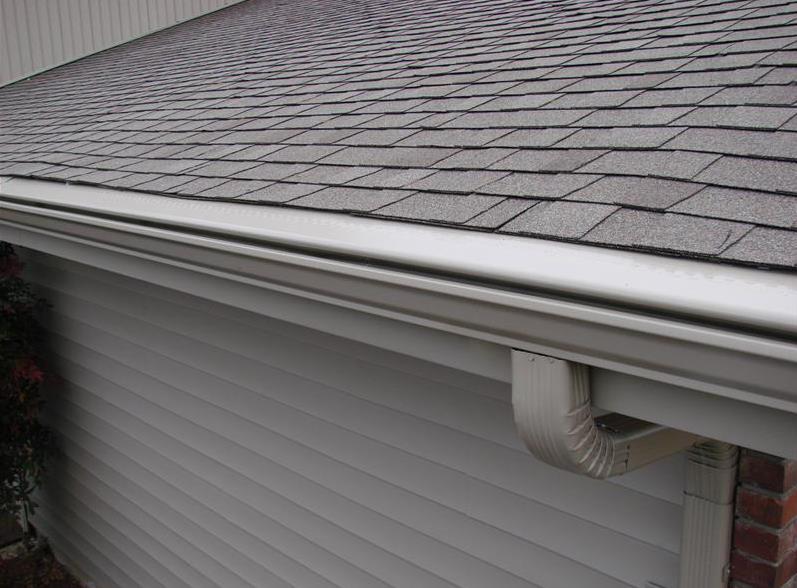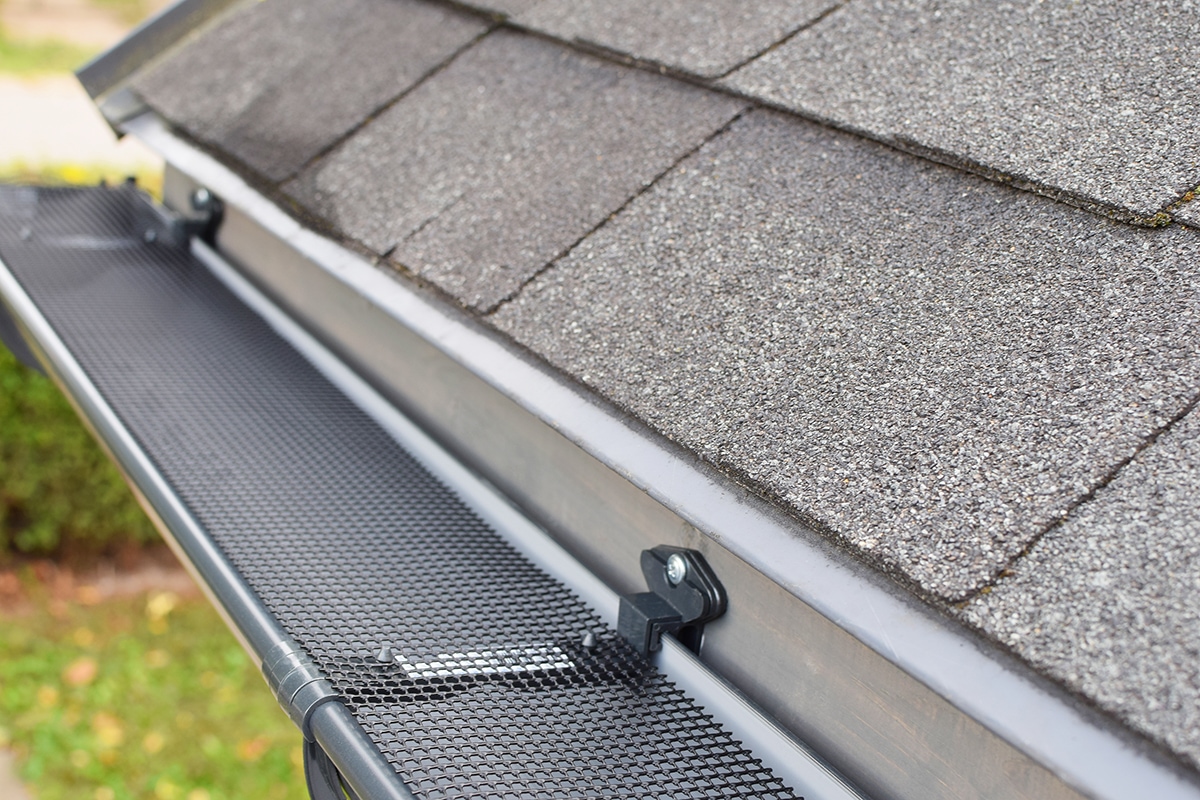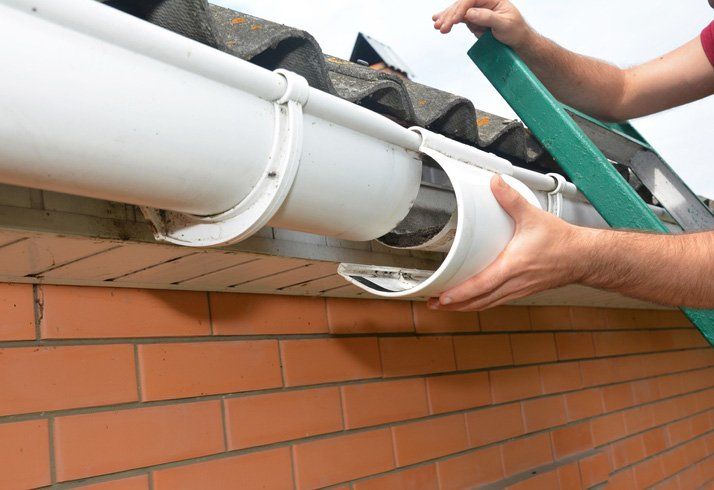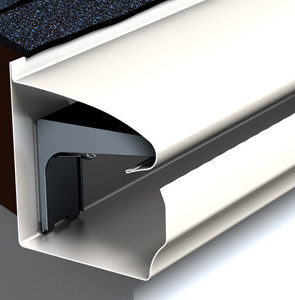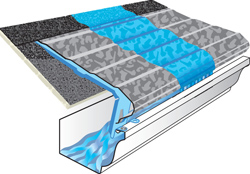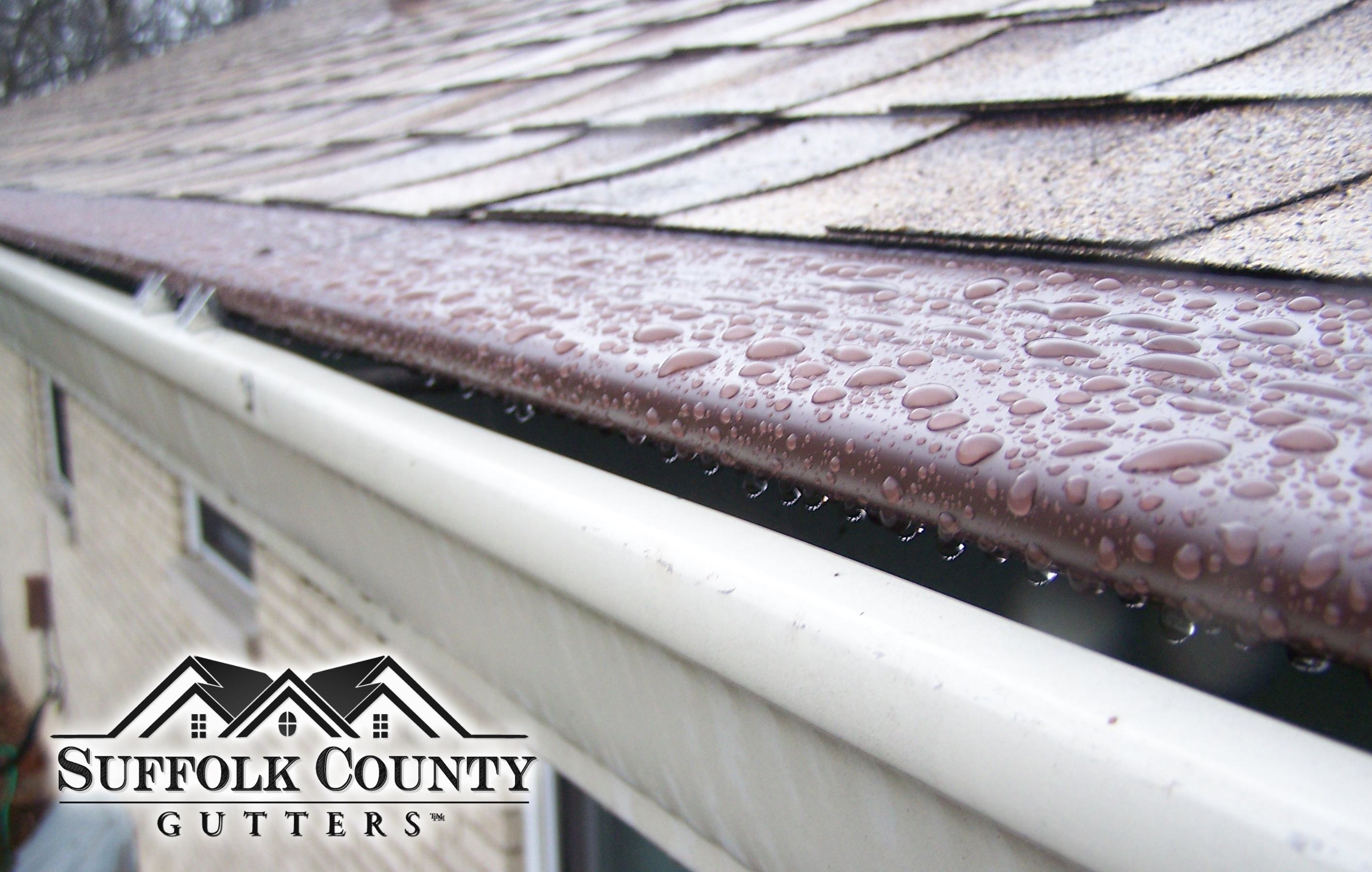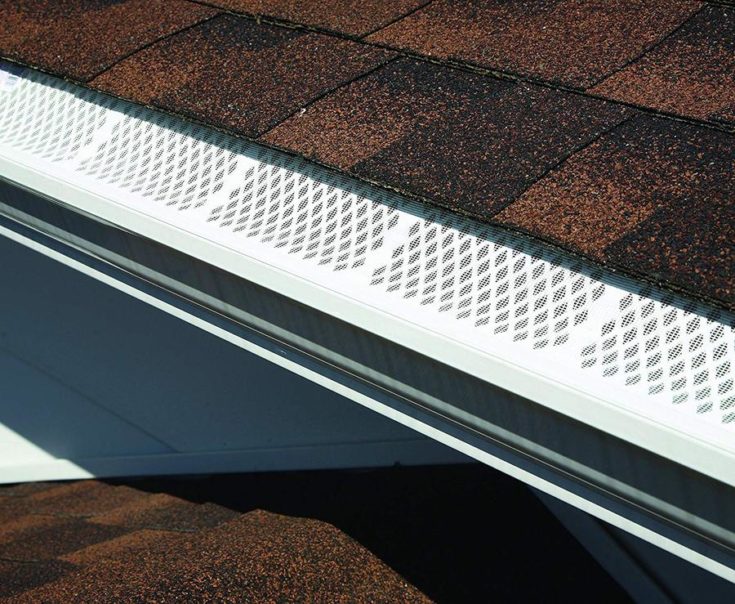Reverse curve gutter guards are built to last but they re more expensive than their mesh and screen counterparts running 4 to 6 dollars per linear foot.
Reverse curve vs mesh gutter guards.
Many reverse curve gutter guards are installed under the second set of shingles rather than the first.
They completely cover the top of the eavestrough and then curve back toward the house creating a long horizontal slot that leads back into the gutter.
The reverse curve designs allow small pieces of debris to be carried into the gutter where it s impossible to clean out the decaying muck.
The reversed curve draws water into your gutter and keeps large debris out.
Gutter helmet leafguard gutter topper leafree leafproof in contrast the reverse curve gutter guards how they work and compare the armourguard family of micro mesh systems are able to filter out the smallest debris including shingle grit which make them the most desirable type of gutter protection systems.
This makes them very visible on your home.
Also referred to as reverse curve gutter guards metal gutter covers operate on the principle of surface tension.
Rather than blending into the gutter they have to try to blend in with the roof but it s always apparent you ve got a great big gutter guard installed.
Water flows off naturally causing the debris to fall off of your gutter instead of sitting on top of the guard.
For a gutter guard to work right it has to let in all the water that hits your roof when it rains but keep out all debris even small shingle grit.
Cons the reverse curve guard is one of the more expensive guards because it calls for a professional installation.
Examples of reverse curve gutter guards.
Small debris of all sorts clogs the holes slits and.
Reverse curve gutter guards.
Reverse curve surface tension gutter guards use this principle to conduct water into the eavestroughs.
Furthermore the installation is tricky a bit as compared to other guards.
The guard covers the entire open side of the gutter with a slight curve so that water and debris are directed toward the edge.
Reverse curve type of the gutter guards uses the natural slope of the roof to allow the leaves and all the dirt to flow down via the side slots and the solid covering.
Measuring for gutter guards.
Reverse curve gutter guards also called surface tension gutter guards are a bit more traditional in the sense that they sit on top of the gutter instead of inside it.
Micro mesh gutter guards.
This gutter guard resembles slit covers and only lets water pass through whereas it keeps the debris at the front border.
This slop makes the leaves flow down and not let them accumulate and coagulate the gutter and lets all the debris fall freely in the ground.
Can promote icicle formation in colder climates.



